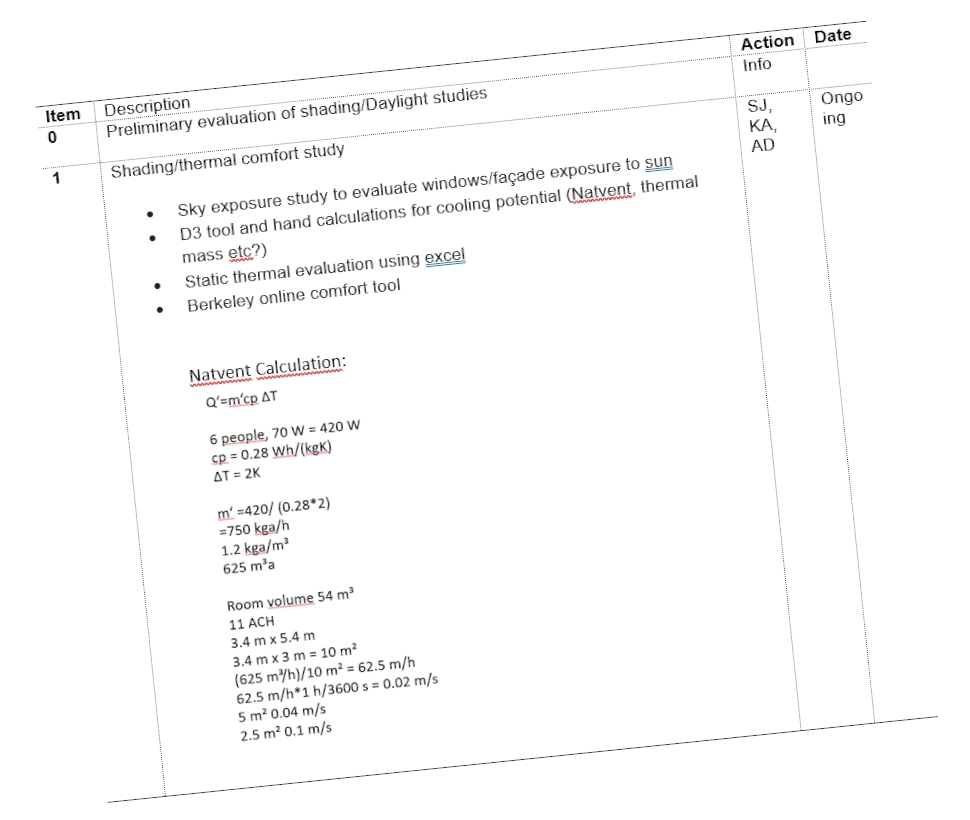Update 11 January
The TS team would like to lead a discussion with the architect. Unfortunately, the architects are having significant difficulties to successfully participate in the virtual meeting for more than a few seconds. Uganda is facing presidential elections. The meeting is postponed for a week.
The Academy Fellows and their 'pilots' use the reserved time to discuss internally: How much time is needed for various tasks? Is there already a 3d model of the building? How should a report be prepared later without too much effort? But also questions to understand the context: why is the solar radiation from the west more intense than from the east? This is important for the solar panels; they should have a favorable inclination. Probably this is due to the morning haze.
18 January, TS team meeting
Fellows are preparing for their distributed tasks. In general, the temperatures of the environment can be described as mostly 'pleasant' for most of the year. Attention, however, is required to solar radiation; it must be limited, so that the room will not overheat. Sun protection is essential.
Since the rooms are not only for sleeping, but also occupied during the day, the supply of daylight should not be neglected. To assess which sun protection variant has what effect, it will be necessary to take a closer look at selected individual rooms by simulation. However, incoming daylight also depends on the size of the windows - the keyword is 'window-to-wall ratio'. One necessity is emerging: finding out what standard sizes of windows are available locally. Window size and shading have an impact on ventilation, especially if natural cross ventilation is to be used.
A quick rough calculation:
Six people live and sleep in 18 square meters with a room size of 54 cubic meters. Together, that means about 420 watts of 'human' heat. From this, we can deduce the need for eleven times air exchange. Assuming a window opening has the size of 2.5 m², this would mean an air velocity of 0.1 m/s, which would not be a bad value, not too high to realize with cross ventilation.
Design/ Planning: Zero Carbon Designs
Climate-friendly building material production/ project developer: Impact Building Solutions Foundation
